Art Fairs
Milan’s Miart Fair Draws Global Audience, Lured by Venice Biennale
This year's edition represented 'a great opportunity, time-wise and location-wise,' according to one of the nearly 180 exhibitors on hand in Italy's design capital.
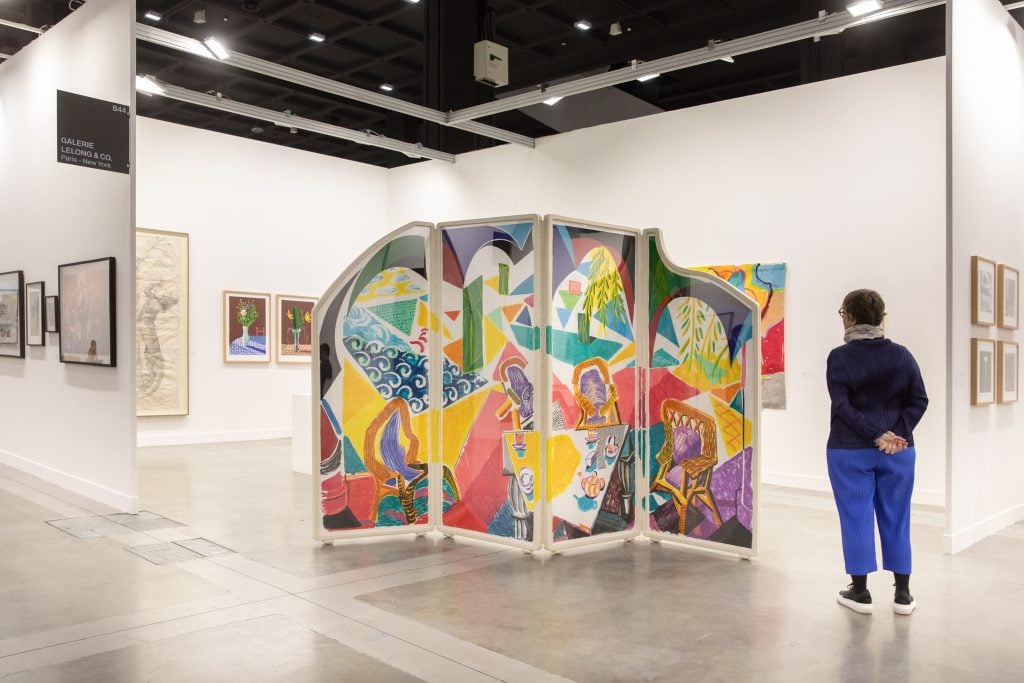
This year's edition represented 'a great opportunity, time-wise and location-wise,' according to one of the nearly 180 exhibitors on hand in Italy's design capital.

Hannah McGivern

“A good energy” was in the air last week at the VIP opening of the Miart fair at Milan, the powerhouse Italian collector Patrizia Sandretto Re Rebaudengo said. “When you enter a fair you have an idea of the mood. I have to say that energy is the right word.”
The commercial linchpin of Milan Art Week, Miart had a prime slot on the calendar this year, running just before the city’s juggernaut trade fair, the Salone del Mobile, and the Venice Biennale, which both open this week.
That auspicious timing helped bring an international accent to Miart’s solidly European list of 178 modern and contemporary art exhibitors, with new participants on hand at the Allianz MiCo convention center from New York (Ashes/Ashes), São Paulo and Rio de Janeiro (Fortes D’Aloia & Gabriel), Seoul (Joong Jung Gallery), and Harare (First Floor Gallery), as well as Berlin, Paris, and London.
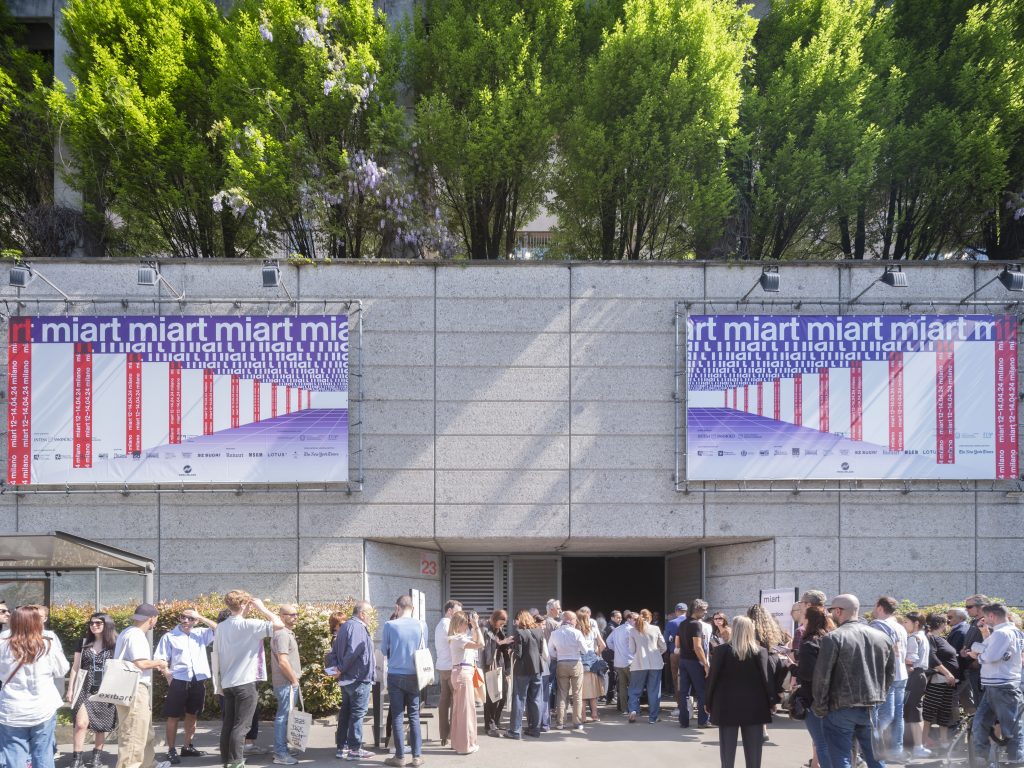
Miart at the Allianz MiCo convention center in Milan. Photo courtesy Miart
Miart’s proximity to Venice provided “a great opportunity, time-wise and location-wise,” said Ryan Choi, the assistant director of Joong Jung, which was participating in its first European fair.
First Floor Gallery, visiting from Zimbabwe, where it has two spaces, regularly tests new markets, appearing in five or six fairs per year, its co-director, Marcus Gora, said. Milan promised “a one-stop place to meet curators, other galleries, and art professionals,” plus clients beyond the “embryonic” collector base at home.
The draw of the biennale also diversified Miart’s collector base, with VIP guests from the United States, Latin America, and Southeast Asia stopping off in Milan en route to Venice, according to the fair’s director of four years, Nicola Ricciardi. Chatting on Friday, his voice was already hoarse from a packed schedule of dinners, cocktail events, and parties. Two days of the fair still remained.
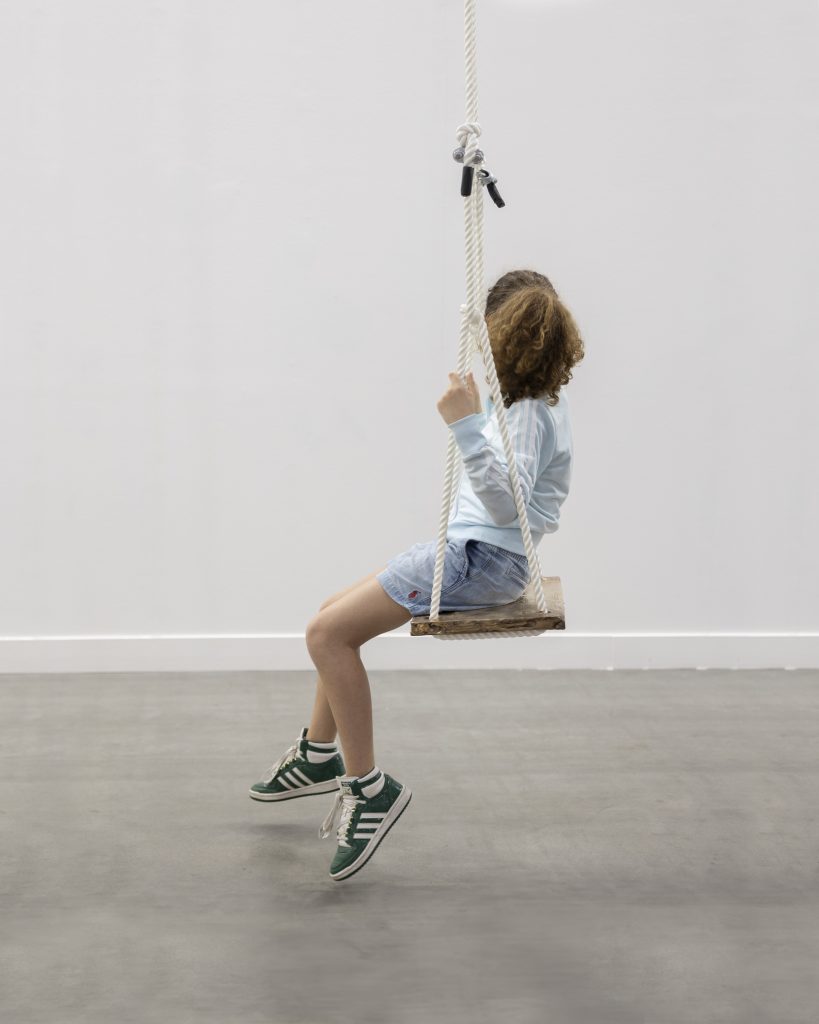
Francesco Arena’s Altalena (2022) at Galleria Raffaella Cortese’s booth. Photo courtesy Miart
During the crowded opening, galleries were racking up five- and six-figure sales. The biggest-ticket deal took place in the first hours, with a colorful folding screen by David Hockney, Caribbean Tea Time (1987), selling for €580,000 (about $616,00) via Galerie Lelong & Co.
Milan’s Galleria Raffaella Cortese took a playful approach with a solo booth centered on Francesco Arena’s bronze rope swing sculpture Altalena (2022). The edition of three (plus an artist’s proof), each priced at €35,000 (about $37,200), sold out. “The fun part was having a lot of collectors with a big smile on their face, swinging on this chair,” gallery staffer Tommaso Joppolo said.
Other exhibitors found success with works by artists who are in the spotlight in Venice. First Floor sold several vibrant silicone weavings by Troy Makaza (€1,200–€19,000, or about $1,270–$20,200) ahead of his show in Zimbabwe’s pavilion.
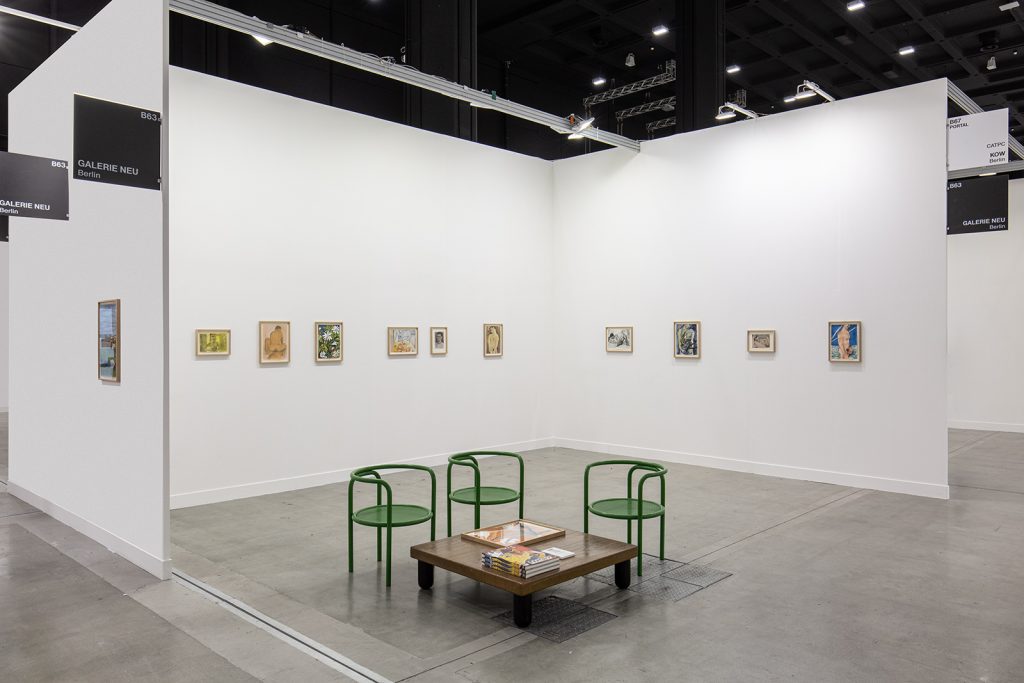
Galerie Neu’s booth, with works by Louis Fratino. Photo courtesy Galerie Neu
Berlin mainstay Galerie Neu sold out its solo booth of works on paper by Louis Fratino, who is in the biennale’s central exhibition, curated by Adriano Pedrosa. Intimate in subject matter and scale, the works are among Fratino’s “most affordable,” the gallery’s Ludovica Parenti said, with prices between €8,000 and €10,000 ($8,500–$10,600).
Meanwhile, Richard Saltoun Gallery (London, New York, Rome) made “a large number of sales” ranging from €1,000 to €66,000 ($1,060 to $70,100), from its ensemble of jewel-like abstract works by the Bologna-based nonagenarian Greta Schödl, who is in Pedrosa’s show.
Ricciardi, Miart’s director, said that he was pleased with the results in a challenging market climate, “where galleries are actually scaling down the number of fairs.” He characterized Miart as a “medium-sized fair,” with no desire to grow its exhibitor list to compete with the likes of Art Basel and Frieze.
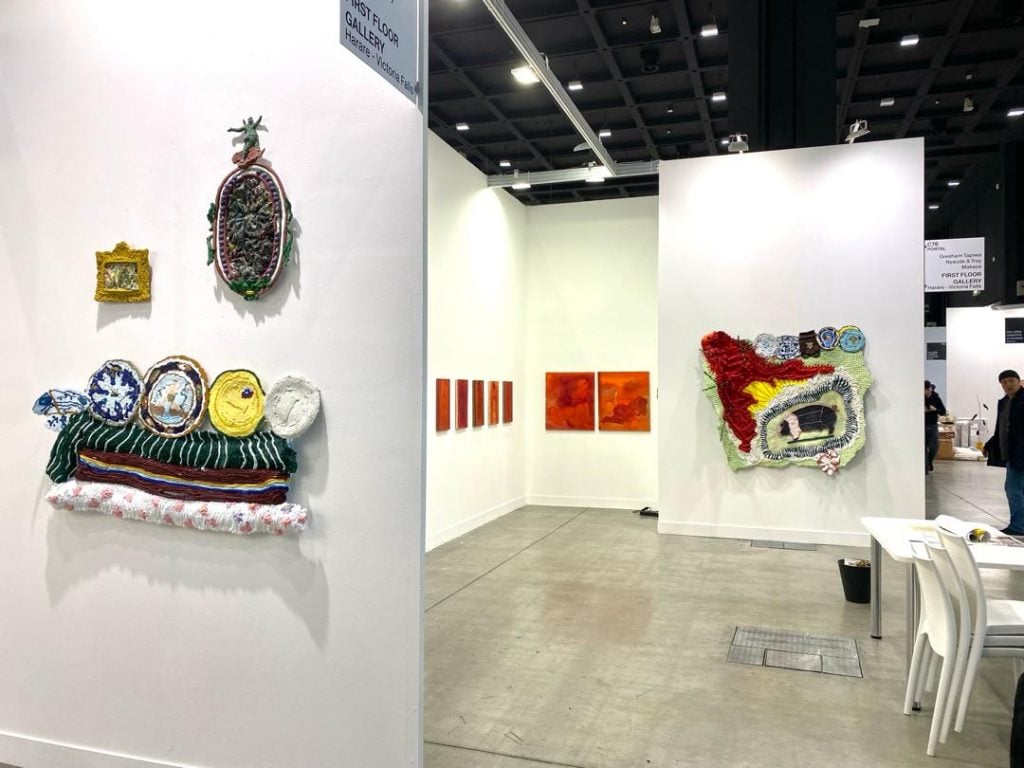
First Floor Gallery’s booth at Miart. Photo courtesy First Floor Gallery.
At this year’s edition, Ricciardi was soft-launching a different strategy for future growth. The clue was in the fair’s title, “No Time, No Space,” borrowed from a song by the storied Italian singer (and painter) Franco Battiato. He invited six galleries to take part in a new section called “Timescape,” where they created micro-exhibitions of work dating back to the early 20th century. Announced as a three-year series, the “Timescale” initiative ultimately aims to “go back to the antiques,” said Ricciardi, explaining that Old Masters dealers are on tap for 2025.
With its mix of contemporary and modern art galleries, Miart has long been a place with “100 years of history under the same roof,” Ricciardi said. “But last year I asked myself, Why don’t we go to 200, or 300, or 500 years?”